|
HARLEY ROBERTSON was just a teen, dabbling in music and feeling very indifferent toward studying it. Now, he holds a doctoral degree in music performance and is employed with the Department of Education in the U.S. Virgin Islands and the University of the Virgin Islands. Here, Dr. Robertson tells us how indifference changed to passion and why he chose to become a musical arts educator:
- My parents exposed me to various types of music from a very young age. When I was seven years old, I began playing close attention to various styles, especially classical and local music. But, throughout my childhood and early teens, I still went through moments of disinterest and indifference. My teachers, however, kept reminding me that I had “great talent and potential” so I made music a serious part of my life. I completed the practical examinations with the Associated Boards of Royal Schools of Music, while being a part of what was then the St. Augustine Chamber Orchestra (later the Trinidad and Tobago Youth Philharmonic). I played Double Bass. The director of this orchestra, Kenneth Listhrop, taught me in primary school. He figured I would be a good fit for what he was trying to build. I started playing with this orchestra late in secondary school and into my years at The UWI, St. Augustine. But for years, I did not have formal music training. A lot of what I learned, I did through trial and error. I also spent a lot of the time learning from method books and DVDs. The vision for how I saw myself in this field became clearer Every July and August, I was able to receive some tutoring thanks to a collaboration between the youth orchestra and El Sistema musicians from Venezuela. When the University of Trinidad and Tobago (UTT) was formed, I received consistent and very thorough guidance from my teacher at the Academy for Performing Arts. I was also fortunate to have played with the Aragua Youth Orchestra in Venezuela. With the tutelage, encouragement and renewed love for the study of music, I decided to pursue a Master’s Degree from Florida International University followed by a doctoral degree at the University of Miami. During my years as a doctoral student, I received a fellowship to play with the Henry Mancini Institute Orchestra, the resident and very progressive orchestra of the University of Miami. At that time, I was performing with the Miami Symphony Orchestra and Sunrise Pops Orchestra. I also taught young people who came from various walks of life. While I have always enjoyed learning and playing my instrument, I always felt it would be better to merge my experience as an educator and a musician to make more valuable contributions and not to limit myself to just one area. “Being able to make a difference in the lives of young people” After receiving my doctoral degree, I got a job with the Department of Education in the U.S. Virgin Islands as well as the University of the Virgin Islands. I continued playing, merging my love for music with my desire to impart knowledge and teach others. Most recently, I was part of a collaboration with musicians from the Virgin Islands and Puerto Rico. Being able to make a difference in the lives of young people, as well as continuing to play in various settings, have kept me on this path. "Despite some trepidation, the support that I had, aided in my navigation of this musical arena" As I look back on my professional and personal journey, I experienced many moments of nervousness as I was entering a field not often explored in Trinidad and Tobago. There were few classical double bass players in the Caribbean and even fewer resources. I also had little experience performing in any orchestra setting. This is why, I will never forget the many interactions that I had with various teachers and mentors along this journey. I am indebted to people like Kenneth Listhrop, Javier Viloria, Caitlyn Kamminga, Luis Gomez-Imbert and Brian Powell for the role they played. These are just a handful of the people whom I encountered and recognized my talent at various points of this journey. They did a lot to guide and nurture my skills and maximize my potential. Despite some trepidation, the support that I had, helped me to navigate this arena. My family has also been extremely supportive throughout this journey and their foresight and individual passion, helped lay the foundation for my musical performance and education career. “The Caribbean has a lot of upstanding leaders in various arenas” We need more role models for black men but what must also be implemented are additional initiatives to nurture and encourage those in the creative sector, especially in the orchestral world. In general, the Caribbean is filled with individuals who have proven to be upstanding leaders in various arenas, including music. These individuals, though imperfect, have done quite a lot of good. Black men especially could learn from all aspects of their experiences. Globally, people are encouraging more black people to join musical arts. Initiatives such as the Sphinx Organization in the USA and Chineke! Orchestra in the UK have surely highlighted the need to have more people of colour in orchestras. Many universities also recognize the importance of exposing people from diverse backgrounds to orchestral music making. As a result, they have created after school programmes which give students the opportunity to learn music with which they may not be as familiar. While there is still a lot more work that needs to be done, I am hopeful that the work that has been geared specifically toward the empowerment of black men, will continue to bear positive results. The onus is on those who have done the work in earlier years, to continue to carve viable paths for the younger ones to follow. I hope that I can continue to play my part. “Music and performing arts have evolved tremendously over the years” Young men therefore should be encouraged to explore as many areas as possible. Young men have talents that they may not be aware of. Providing them with as many reasonable options as possible, may allow young men to consider less traditional career paths. Music and the performing arts have evolved tremendously over the years and it is much easier to find specific areas that may be of interest to men. These areas could include performance, education, research, music production, technology, and much more. Regardless of the area, the arts provide opportunities where people can communicate a wide range of ideas, technical approaches and emotional ranges. All involved, stand to greatly benefit. In addition to his master’s and doctoral degrees in music, Harley also holds a Bachelor’s degree in Literatures in English, Linguistics and Communication Studies from University of the West Indies, St. Augustine Campus, Trinidad and an Artist Diploma in Music Performance from UTT - The University of Trinidad and Tobago St. George's College, Barataria, Trinidad and Tobago. University of the Virgin Islands Source: MENtions-Stories About Us, October 2020 Source: Sanjeev Maharaj, Virtual Museum of TT, Oct 2020
GROWING UP in Arima, Kavita Maharaj liked to draw. She was also a fan of the science-fiction television series Star Trek. Little did she know she would voyage to Canada, engage in an artistic mission for almost 30 years, and boldly paint licensed Star Trek pieces like no one has ever painted before. The 44-year-old fine artist and yoga teacher spoke with Newsday via Zoom from her home in Vancouver Island, British Columbia, where she lives with her husband Daniel and their dog Azul. She recalled her childhood fascination with Star Trek, which was aired on one of two channels available at that time. “It presented the idea of the possibilities for different worlds. What child wouldn’t be taken with that?” Her father was not a fan of her Trek love but became more understanding and supportive of her work later in life. Her appreciation of art started when she was a standard three student at Arima Girls' RC. During a class, she was looking at her hand and sketching it. Her teacher was impressed and encouraged her to keep up her art, calling dibs on the child's first painting when she became famous. “She was one of the first people to suggest a future for me artistically in some shape or form.” When she was 13, Maharaj and her family moved to Canada, where she was born but had only lived for seven months. She continued with her art, sold her first piece at 14, and was able to skip grades in school. She decided to study fine art at university, and on the advice of her father, she incorporated business into her degree. But after four years at Queen's University, Maharaj felt she had not learned a lot about art, and decided to start doing it on her own and then later with a friend in a studio apartment. “This had a major impact on my growth as an artist. I was able to create art and learn about art as I was doing it.” The Search for Spock Eventually, art and her love for Star Trek merged when she decided to do a painting of Mr Spock for her home; the Vulcan science officer has always been Maharaj’s favourite character. “Nobility really matters to me. And I got to watch him struggle with emotional responses to things but regularly choose the noble path and the greater good for everyone. To do the right thing. That reminds me of me.” She also shares Spock’s logical trait.  Maharaj frequently incorporates a variety of media such as graphite, watercolour pencils, acrylic inks and markers. She said she would take about 30 hours actually painting on canvas, not counting the time looking at images or sketching. “Sometimes I paint faster, sometimes I paint longer. The pieces are living entities and I don’t know where I am going when I start. And I prefer it that way. Dead art lacks that genuine creativity and life in it. When I start I will be as interested as you are where I will end.” First Contact Through her work Maharaj has had personal interactions with Original Series cast members William Shatner (Captain Kirk) and Nichelle Nichols (Lt Uhura). On October 10, 2019, Shatner contacted her via Twitter and asked her to donate one of her Boldly Go prints, featuring him as Kirk, to his charity to be auctioned off. A CBS representative told her Shatner never asks for anything. “I took that as a compliment.” Last month, Shatner asked her via CBS for one of her One to Beam Up prints for his personal collection and also asked her to donate to his charity again. “It is okay to be less emotional.” But after two years of looking at photos of Spock she found she could not choose one to paint, as there were too many facial expressions to choose from. Her husband suggested she do more than one, and her Spock series was born. “The Trek series became the moment I stepped into myself as an artist.” The Undiscovered Country Eventually, she began sharing pieces on social media. One day she received a cryptic message that said: “Who are you?” The message was from a friend of Spock actor Leonard Nimoy who wanted to buy some of her pieces. She told him what she told many other interested people – she was really sorry, but the paintings were labours of love and not for sale. But she eventually gave in and decided get an official licence and sell prints when she continued to get numerous requests to buy. She got in contact with Nimoy’s granddaughter Dani, who wanted to carry some of Maharaj's work in her memorabilia store Shop LLAP. A few weeks later she had her licensing contract with CBS. She has sold pieces to people in Canada, the US, Australia, Finland, Scotland, England, Germany, Belgium, Puerto Rico, Costa Rica, and one to her homeland of TT. Her most popular piece so far is Pure Logic, an image of Spock looking directly at the viewer Actor William Shatner holding Kavita Maharaj's piece Boldly Go featuring his iconic Star Trek character Captain James Tiberius Kirk. - She met Nichols in Florida in May 2019 at a speculative fiction convention, Megacon. She attended the convention during a stop-over en route to Georgia. “I did not eat all day. I had not slept. But I remember not caring at all. I was so excited to meet her. “She’s a sweetheart. I felt like I was sitting and chatting with my grandmother. She was very easy to talk to and very kind. I can tell she likes being with the fans and it is something she enjoys.” Maharaj recalled when Nichols saw her Lt Uhura piece her eyes got really wide and she said: “You did this? I want a copy.” She was then hired by Nichols' agent to do an official piece for Nichols' Farewell Convention which was carded for May but was postponed to next year owing to covid19. One of the three pieces from this collaboration was The Kiss, featuring Lt Uhura and Captain Kirk's seminal smooch in the 1968 episode Plato's Stepchildren, which is often regarded as the first interracial kiss on American television. "Choosing the right moment to capture in The Kiss was important to me. How close should the characters be to present the importance and tension of the moment while still allowing the viewer to feel part of the moment, intimate but not wholly voyeuristic. "The scene was controversial for several reasons, not just the interracial aspect back in the 1960s, but the question of consent for both characters, that is as valid even today. That second part meant that there was an even deeper exploration for me regarding a person's ability to hold onto oneself in the face of unwanted life experiences. It also meant that I went into the piece knowing that I would likely not please everyone by my choice to pursue this scene on canvass." Maharaj has also become friends with Chris Doohan, son of the late Montgomery “Scotty” Scott actor James Doohan, and the younger Doohan has commissioned her to paint his version of his father’s character in the award-winning web series Star Trek Continues. The Final Frontier This year Maharaj was scheduled to be a guest at three events, but all were cancelled because of covid19. Next year she is scheduled to be a guest at the VulcanCon convention which is being held in the official Star Trek town of Vulcan, California. Maharaj’s current licence with CBS covers The Original Series (her personal favourite), the six Original Series movies and The Next Generation (TNG). It is coming up for renewal and she is hoping to expand it to the TNG films and the other spin-off series like Deep Space Nine and Voyager. If her licence is renewed and expanded, Maharaj said she plans to paint Zefram Cochrane from the TNG movie First Contact.
“He has such interesting features.” With almost 50 Trek pieces (32 of them of Spock) Maharaj is planning to do a coffee-table book including a lot of work that has not been released to fans. And as the iconic Vulcan would say, that is "fascinating." For more information and to see more of Maharaj's work you can check out her website www.restrospectstudios.ca, on Facebook at www.facebook.com/RetrospectStudios.Art and Twitter via the handle @RetrospectStud1 Source: Newsday, Nov. 2020 Yesterday I saw some beautiful hammocks on sale at the Blind Welfare Institute Outlet Store on Coffee Street , San Fernando. Did you know that the hammock is in fact a legacy of the first people who found them to be easy beds when moving from place to place. They were skilled at weaving cotton to make hammocks.The word “hammock” was derived from the Taino hamaca or yamaca, and the first hammocks are thought to have been woven out of tree bark. According to source cited below the hammock was lightweight and easy to set up . It was safer than sleeping on the floor, where one could be vulnerable to snakes and other crawling creatures. It was also quite versatile since it could be used as a bed, chair, a sack, or a fishing net. Today hammocks are still used by farmers like this group in their makeshift camp in the forests of Quinam. In my travels I also noticed hammocks being used by Indigenous Kogi Tribes in Columbia. Some people use them as a place for relaxation , somewhere you could take a short snooze. Source: Patricia Bissessar, Virtual Museum of TT, January 2021
National Archives of Trinidad and TobagoJoseph Charles, the creator of Trinidad and Tobago’s famous Solo soft drink, was born Serjad Makmadeen in Princes Town in 1910.
The son of an East Indian immigrant father and Martiniquan mother, Charles became a gardener at age 10 in order to assist his family financially. In 1922, he moved to St. James and began working at a bakery, where he became a top salesman by cultivating a loyal clientele. In later years, he purchased the “Delaware Punch” soft-drink company on Patna Street, St. James. He and his wife bottled their drinks manually, producing one bottle of soft drink every two minutes. He sold the drinks to customers while continuing his bread delivery service. When Charles attempted to market the drink to foreign investors, no one responded to his letters signed with his given name. He decided to change his name to Joseph Charles, which immediately garnered investors. During World War II, Charles decided to purchase the entire stock of a Canadian bottling company that was shutting down because there was a shortage of glass bottles. When he received them, they were all printed with the word “Solo” and the image of a pilot having a drink after completing a solo flight. Charles decided to keep the bottles and have the name “Solo” become the brand name of his soft-drink company, with their trademark heavy glass bottles. This is how Solo Beverages began. Solo Beverages has consistently supported local endeavours such as sports (The Trinidad & Tobago Great Race), music (the Solo Harmonites) and talent shows like Scouting for Talent and Mastana Bahar. Photos courtesy J. Mendes, taken from the book Cote Ci, Cote La. This book is a part of the NATT Reference Library. References: Mendes, John. Cote Ci Cote La: Trinidad & Tobago Dictionary. John Mendes, 2003. Source: From Trinbago Golden Memories Today we had a really enlightening day meeting with farmers who are not just talking about agriculture but those who practice and make a living from it.
What was particularly pleasing to me is to meet young people among the farmers. If they are supported and encouraged, agriculture has quite a future in Tobago. Tobago is fortunate in that it has some of the best soils. The Tobago farmer can support not just the population in Tobago, but can make a considerable contribution to the 1.2 million in Trinidad. We are expecting that some Tobago farmers, existing ones and new ones, will benefit from the provisions that we have made in the budget and that with the assistance they get it will result in an increased food production. Source: FB page of the Hon. Dr. Keith Rowley, October 2020 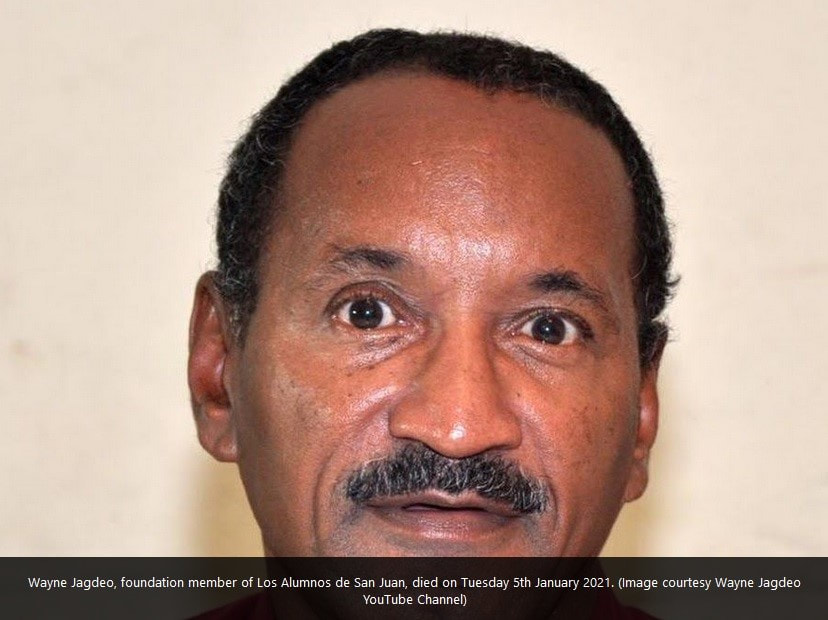 The parang fraternity is mourning the deaths of two of its icons within the space of two days last week Wayne Flores, the founder of San Jose Serenaders and Flores de San Jose, as well as the last founding member of the National Parang Association of Trinidad and Tobago (NPATT), died on Thursday. Two days earlier, pannist, retired teacher and founding member of Los Alumnos de San Juan, Wayne Jagdeo, died at his home in Couva, where he had been receiving palliative care after being diagnosed with lung cancer. Flores’ widow, Flores de San Jose lead singer, Sharlene Flores, broke the news of his passing in a social media post. She wrote: “Dear family, friends, treasured fans and supporters, both locally and internationally, once again I bring you all sad, painful, heartbreaking & devastating news of the passing of my dearly beloved husband Wayne Flores of 38 years marriage. At this time, words are extremely difficult and painful for me to express. Waynie (lovingly called by those who knew and loved him), left us peacefully in his sleep at home on the night of Thursday, January 7th, 2021, surrounded by his loving and dedicated family, which we give praise and thanks to the almighty for granting us this mercy. Once again, our hearts are broken into a million pieces, but with God’s mercy, we will all get through this. Words cannot express how much I love and miss my husband. “Wayne was not only a loving, kind, caring, selfless, humble person, but he was the most wonderful husband, father, grandfather, father in law, brother in law, uncle and a very loving brother, who would put others first before himself. He was a pioneer and legend in the culture of Parang music, who contributed years of hard work, sacrifice and dedication to the development of the culture of parang music in Trinidad and Tobago. He was a great musician who loved his craft dearly.” Funeral arrangements for Flores have not yet been announced. There will be a viewing for close relatives of Jagdeo at Clark and Battoo on Tragarete Road, Port-of-Spain, from 2 pm to 6 pm today. The funeral service will take place tomorrow at the Church of the Assumption, Long Circular Road, Maraval at 10 am followed by cremation at the Port-of-Spain Crematorium at 12.30 pm. The service will be live-streamed by Wack 90.1 FM and on Los Alumnos de San Juan Facebook Page. CNN’s rising star Abby Phillip is getting a chance to shine on her own. CNN announced the network’s new Washington-based anchor roles. Within that release came the news that Phillip has been promoted to senior political correspondent and will be taking the reins of Inside Politics Sunday from John King. So, CNN viewers will now be able to tune into Phillip every Sunday morning from 8 to 9 a.m. EST starting January 24th.
Fans of the show will note that Phillip is no stranger to the Inside Politics set, having been a member of the show’s roundtable in 2015 and even filling in for King last month—perhaps as an undisclosed opportunity for Phillip to test drive the anchor role. Phillip, 31, is of Afro-Trinidadian descent. She was born to Trinidadian parents, June C Phillip and Carlos W Phillip. Trinis are a unique lot of people who can be spotted a mile off.
They can be identified by their body language, speech, decorum, taste, and even their judgement of time and space.. They are very defensive when mistaken for any islander other than a Trini. A Trini's choice of words to describe a breadfruit falling from a tree identifies the state of the ripeness of the fruit, and where it fell: A ripe fruit falling to the ground will fall *BLAF*, whereas a ripe fruit falling on a galvanized sheeted roof will fall *BLANG*. A green fruit on the other hand will fall to the ground *BUDUFF*, and the same fruit falling on the same roof will fall *BLADANG*. A door will open, if its hinges need oiling, *KREEKES* and will close *BADAM* or *CLITTICKS* depending on the force used to close it. He describes a horse galloping as *BROOGOODOOK, BROOGOODOOK.* His expressions of surprise are *AHA, O GAWD, BON JAY or WEE FOUTE.* His expression of disgust is *AH CHUT* usually accompanied with stamping of the feet or steupsing. His expression of joy is *OH JEEZANAGES*. His salutations are *WOY, MAN, CHILE, BREDS,* and even *STRANGER*. Trini women call each other *CHILE*, the men call each other *BOY* and the boys call each other *MAN*. If you think that is confusing they refer to any older person of the male sex as *UNCLE* and the female sex as *TANTIE*. When Trinis hang out, they are *LIMING*. When you are a Trini of mixed race you are a DOUGLA. A Trini will *CUFF YOU DOWN* and *KICK YOU UP* Trinis have an interesting list of body parts you won't find in any biology book: *TOTTOTS, BAMSEE, BAM BAM. BUMSEE and NABLE*. A physically challenged person to a Trini is a *BROKOFOOT*, a fat woman is a *BOOBOOLOOPS*. A giddy head is called *BAZODEE*, and if you should fall into a fit of convulsion you are considered to have caught *MALKADEE*. A Trini's punctuality Is atrocious. *NOW* is *LATER. LATER* is *SOMETIME TOMORROW*, and *YESTERDAY*: Well, that propels an attack of amnesia. And as a Trini, we will say *IF AH LIE, AH LIE* The writer did an excellent job articulating many of our words and expressions but I would be remiss in my presentation if I did not mention one of our favorite pronouncements, in which, our usual response to the question: *“Where yuh going?” is “Ah going out to come back jes now.”* *MY ADDITIONS TO THE TRINI DIALECT TREASURE TROVE* •*Kalywampus* (All how/awry) • *Biskangkway* (Twisted up) •*Karkhay* (Forcing as if under strain) •*Mufflerdize* (Hermaphrodite) •*Jagabat* (Prostitute) •*Mamapool* (A mama man) •*Marasmee* (Sickly) •*Obzokee* (Out of shape) •*Never done palette* (Penis) •*Planasse* (To hit someone with the flat side of a cutlass) •*Three canal Indian .38 special* (Cutlass) •*Quailey* (Dried up) •*Ramfle-up* (Wrinkled and unkempt) •*Teeteevay* (Wasting time) •*Dreevay* (To skylark) •*Vamping* (Smelling stink) •*Yampee* (Mucus at the corner of the eyes) •*Snat* (Snot from the nose, usually while suffering from the flu) Can you add others to this list? Source: Virtual Museum of T&T, December 29, 2020 |
T&T news blogThe intent of this blog is to bring some news from home and other fun items. If you enjoy what you read, please leave us a comment.. Archives
July 2025
Categories
All
|

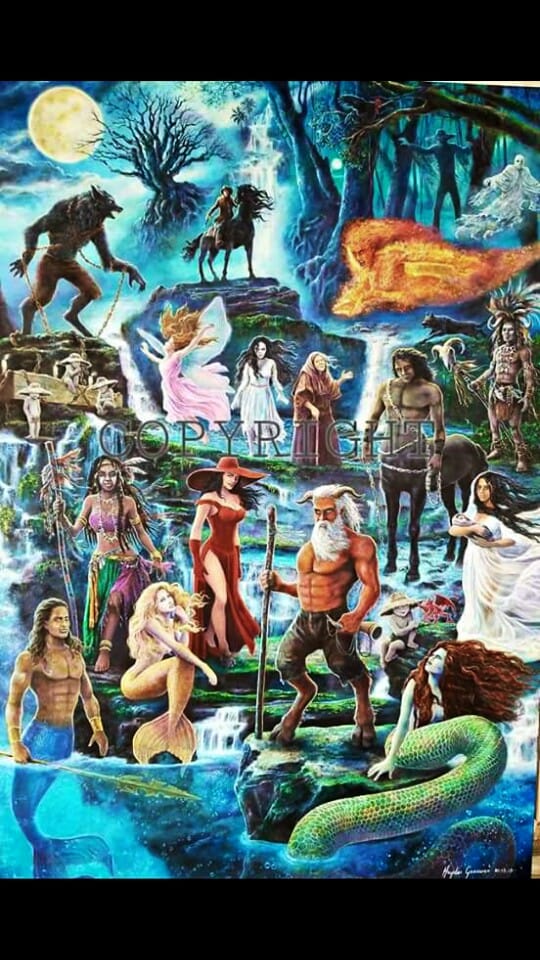
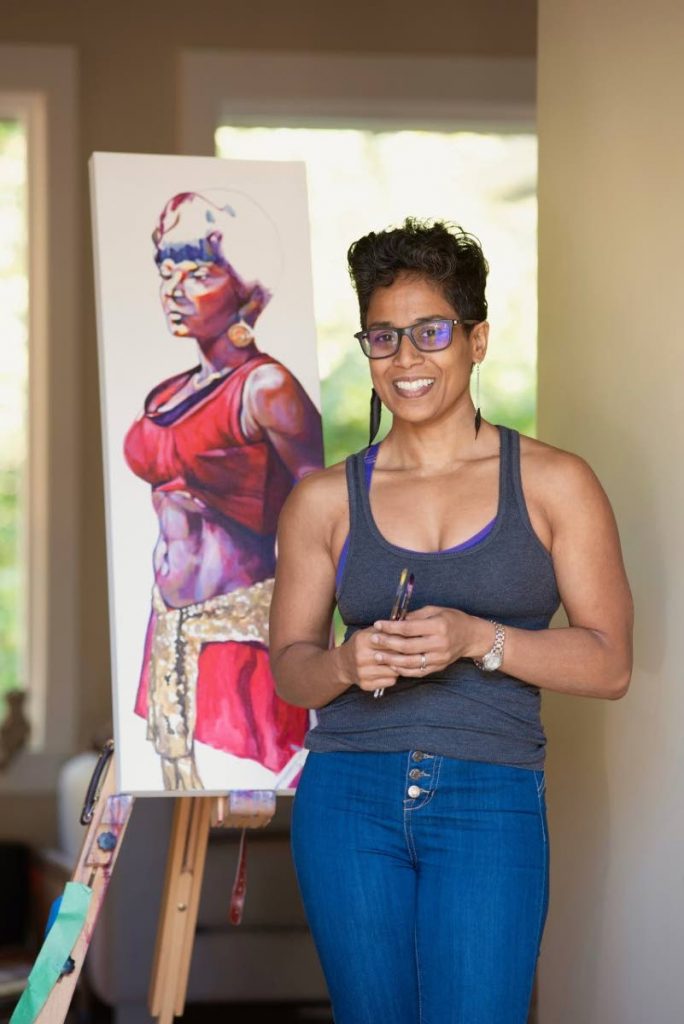
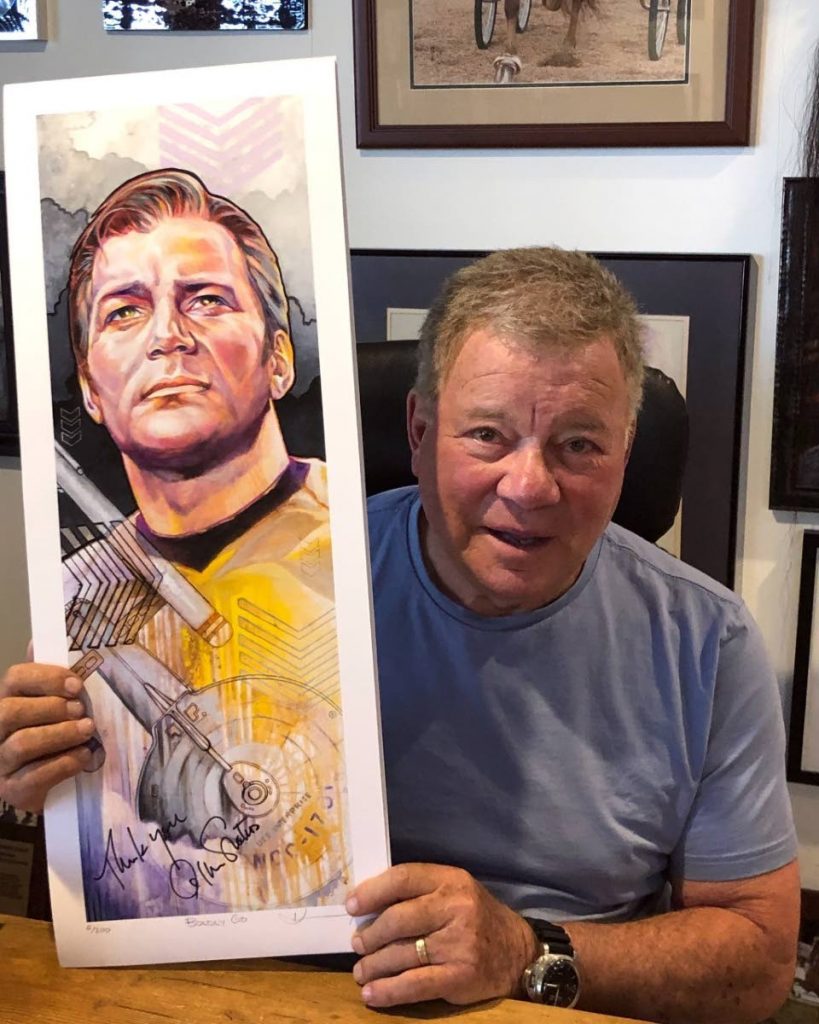
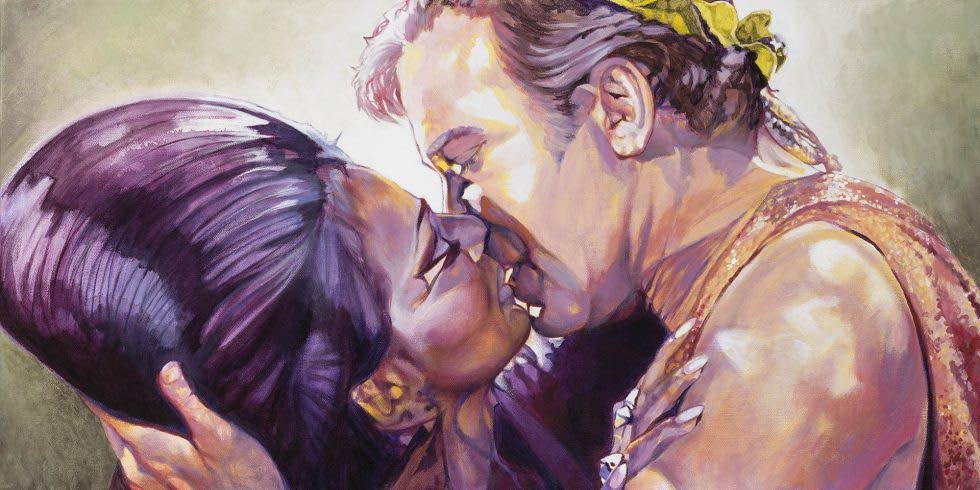
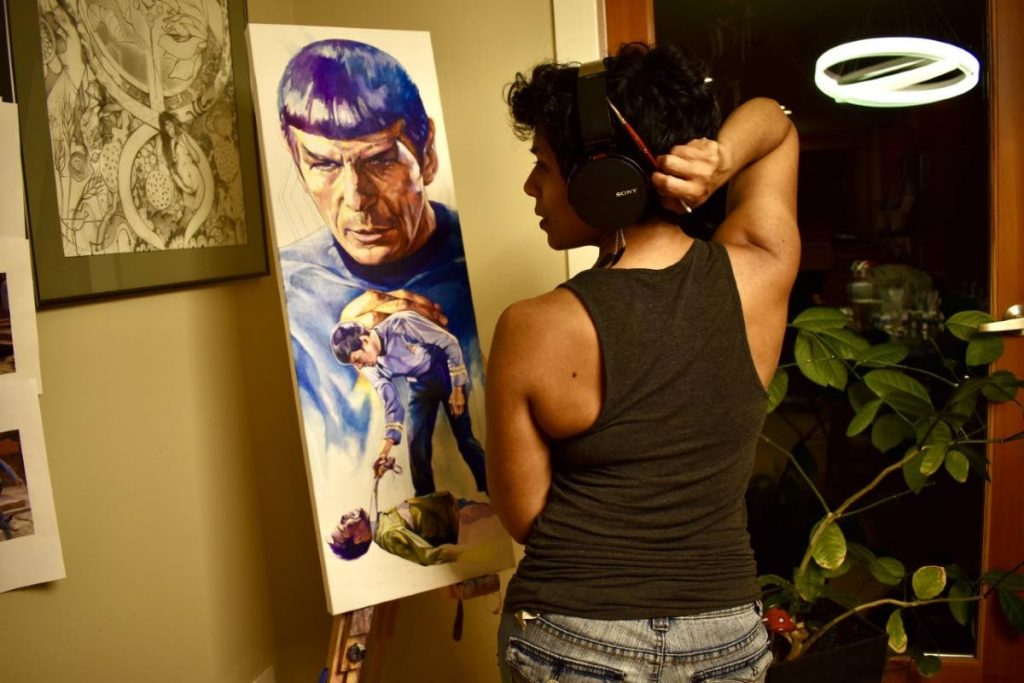
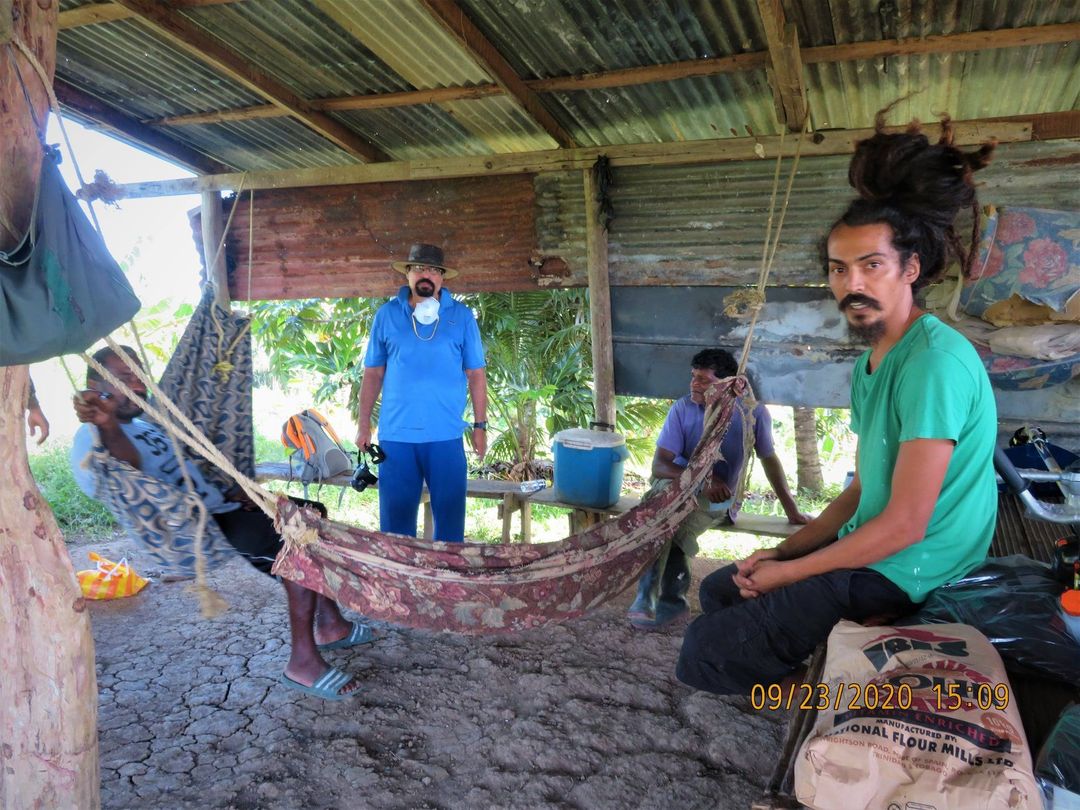
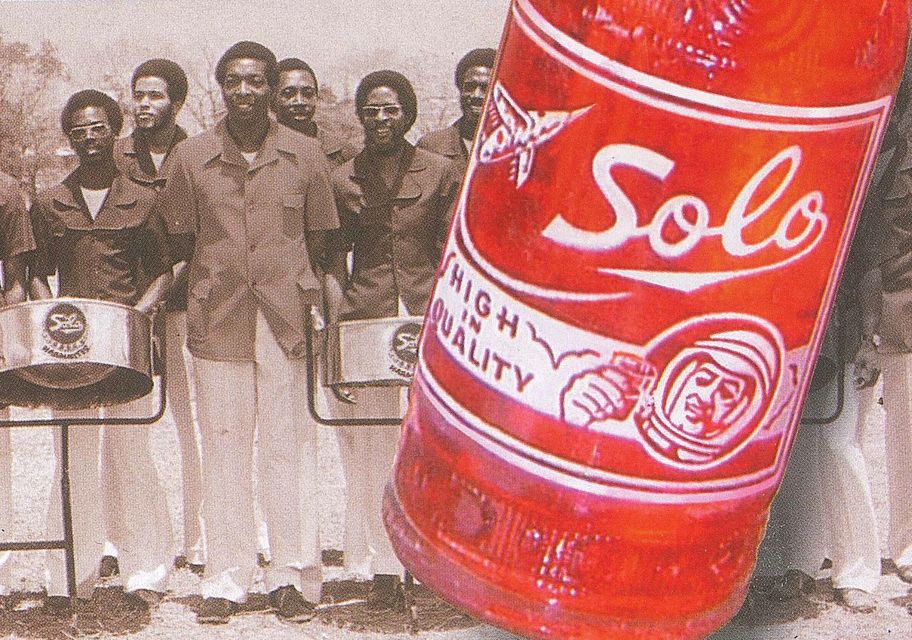
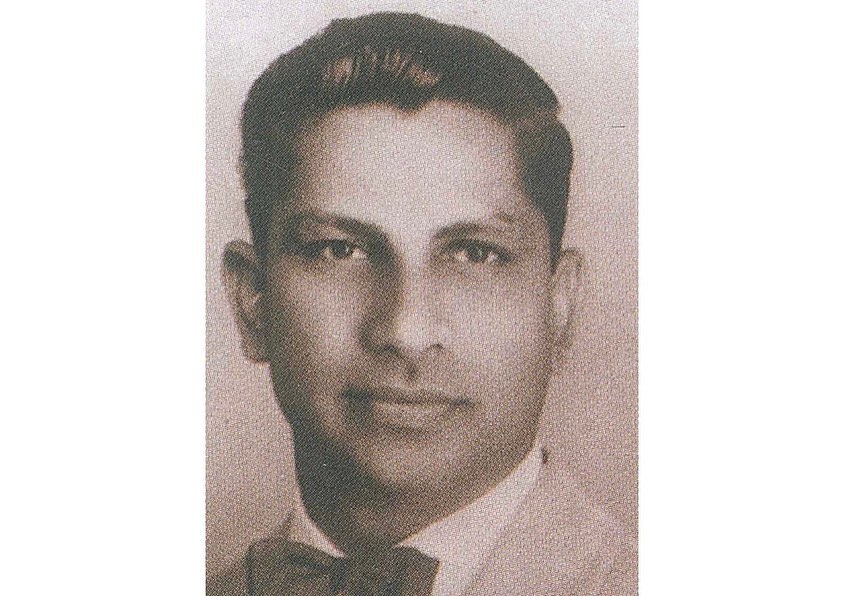






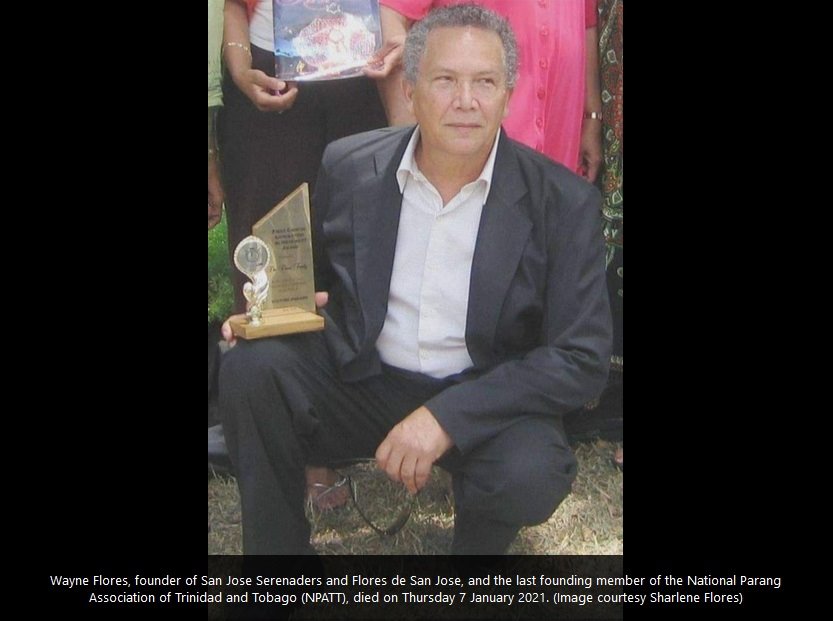


 RSS Feed
RSS Feed